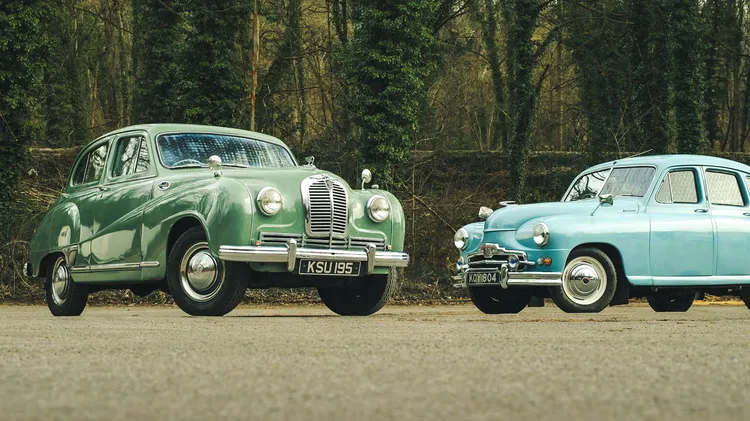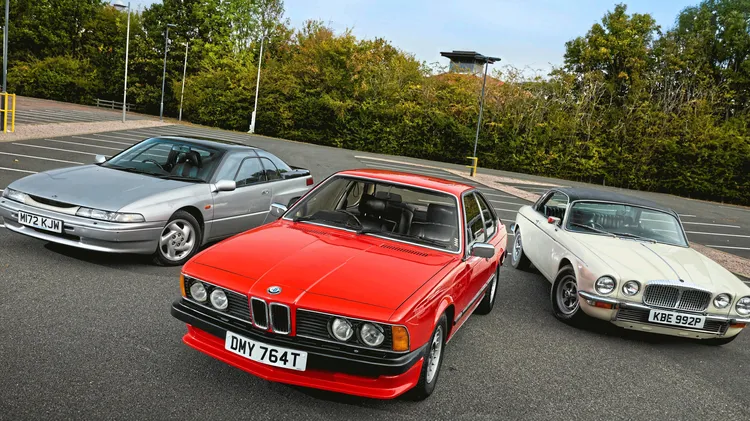An age-old battle of Mercedes vs Cadillac, but with a difference: both
Transatlanticoiltankers
10 min read
This article is from...
Read this article and 8000+ more magazines and newspapers on Readly






